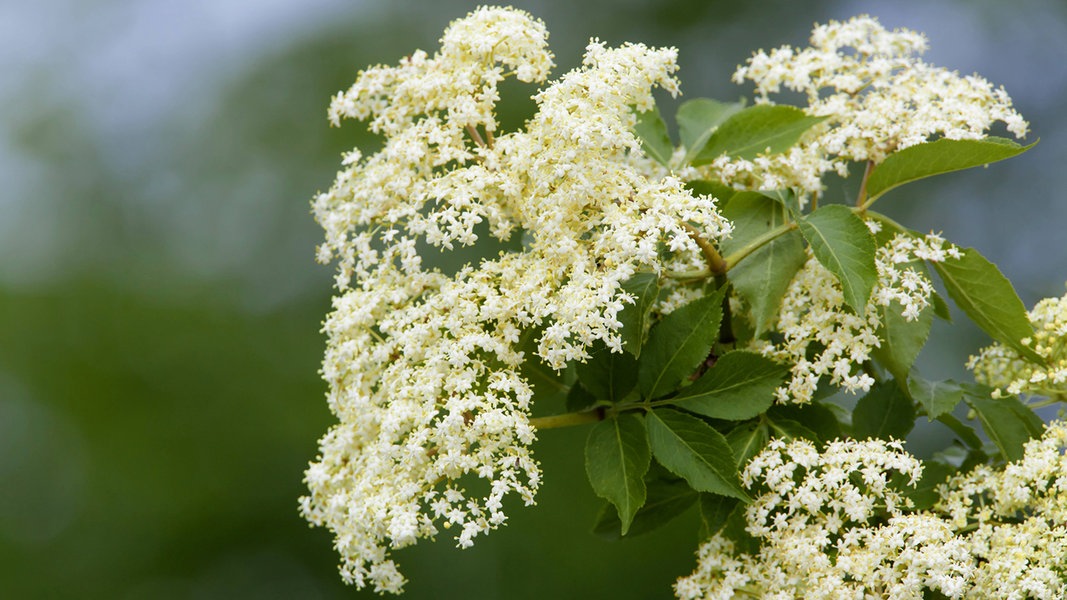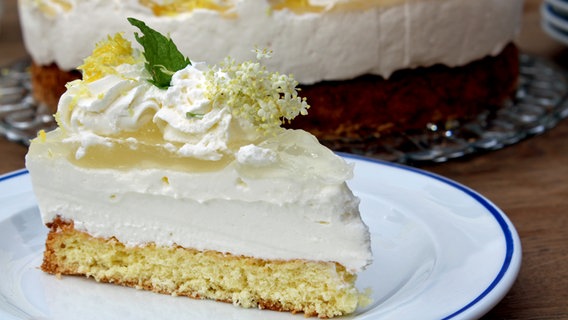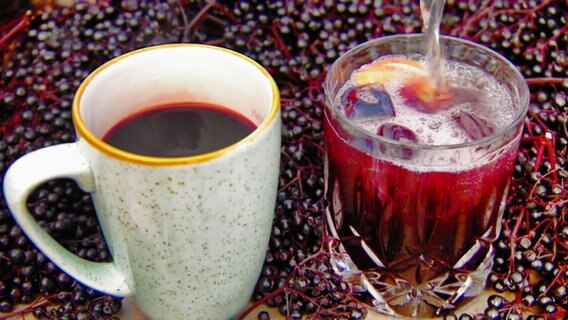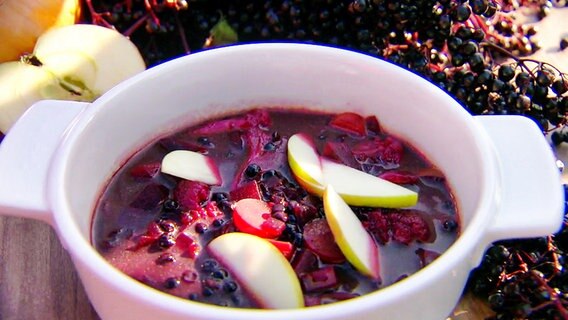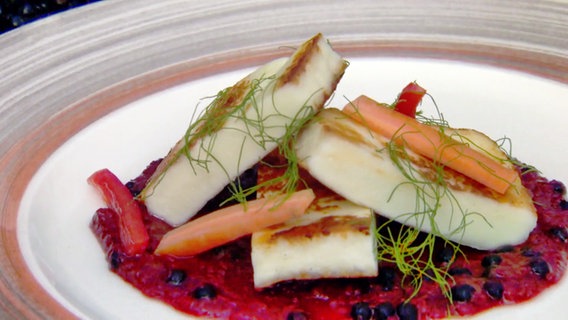Status: 06/01/2023 11:36 a.m
As a delicious wild fruit, for decoration or as a contribution to nature conservation: there are many reasons to plant elderberries in the garden. In addition, the plant is easy to care for.
Whether as a syrup, jelly or juice: the berries and flowers of elderberry are extremely popular and also very healthy. Botanically, however, the fruits are not berries, but drupes. Three types of elder are native to Germany, with black elder (Sambucus nigra) being particularly widespread. There are also red elder (Sambucus racemosa) and dwarf elder (Sambucus ebulus).
Warning: dwarf elder is poisonous. Its flowers and berries are not suitable for consumption. Red and black elder also contain toxic ingredients and should only be eaten cooked.
Plant elderberry in the garden
Elder is suitable for planting a bird hedge.
Elderberry is a fairly undemanding plant and grows as a subshrub, shrub or small tree. In northern Germany, the plant is also known as lilac berries. The location should be sunny to semi-shady Garden soil rather nutritious and moderately moist. So that elderberry grows well, when planting in the planting hole, use organic fertilizer such as horn shavings or give compost. The best times for planting are spring and fall. Black elder can grow up to seven meters, red up to four meters high and grow quite wide, this should be considered when choosing the location.
Elderberry is ideal both as a solitary plant and as part of a bird hedge. He serves birds and some Insects as food and should therefore not be in any Natural garden missing.
Properly cut and propagate elderberries
If the elder has grown strongly, it can be cut back without any problems. If it only grows as an ornamental plant, pruning is only recommended every few years. If you want to harvest fruit regularly, you should cut back the branches on which fruit has grown after the harvest in autumn. About ten to twelve new shoots should remain, they will bear berries the following year. The harvest is always clean and the plant stays vital.
If you want to multiply elderberry, you can easily do so in autumn do sticks. Leafless shoots about 20 centimeters long are cut from the one-year-old shoots and planted so deep in the ground that only about five centimeters protrude.
Harvest elderflowers and process them into syrup
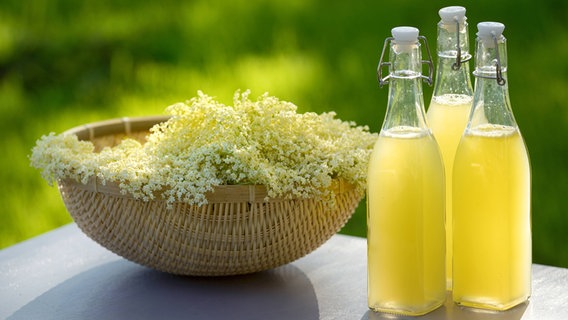
A dry, sunny day is ideal for harvesting elderberry flowers.
Elderberry shows its pretty and fragrant flowers between May and July. They can be used to make elderflower syrup. It is best to harvest the buds on a dry, sunny day, when they will have the most aroma. Whole umbels with fully opened flowers are harvested – preferably by cutting. Shake the panicles carefully to remove insects and never wash them, because the taste is in the pollen.
Further information
Harvest elderberries in late summer
Depending on the weather conditions, elderberries are ready for harvest around August or September. They then have a blue-black or deep red color. Only umbels on which all the fruits are completely colored are harvested. Simply cut off the entire umbel. Be sure to remove unripe and spoiled berries.
Raw elderberries are poisonous
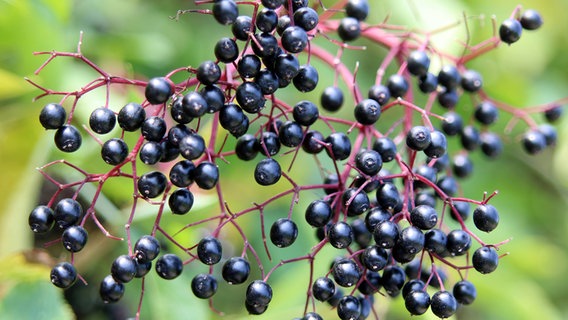
Elderberries should never be eaten raw.
In principle, both the berries of the red and the black elder can be processed into juice or jam. However, they should never be eaten raw because they contain so-called cyanogenic glycosides. The plant toxin can cause nausea, vomiting and diarrhea. Red elderberry contains a particularly high amount of toxic substances. By heating at least 80 degrees for 20 minutes, the glycosides are broken down and consumption is harmless. Important: In the case of red elder, the seeds must also be sieved out after heating, as the poison remains in the stones.
Further information

